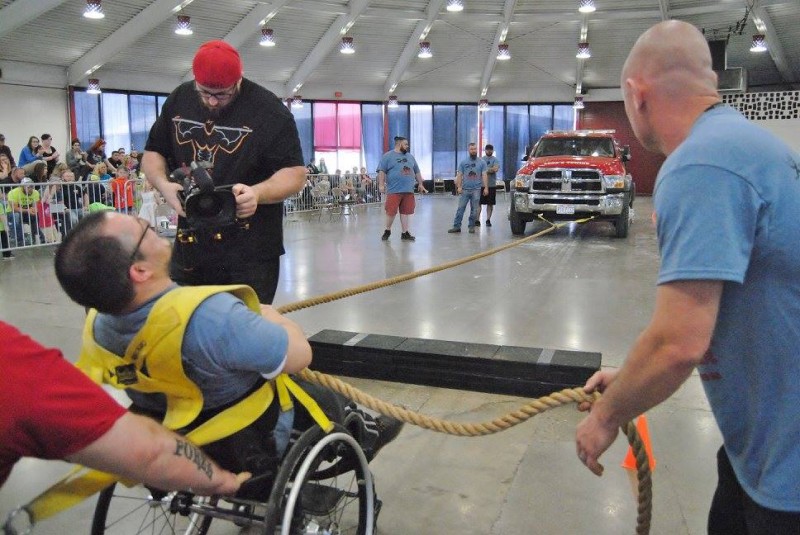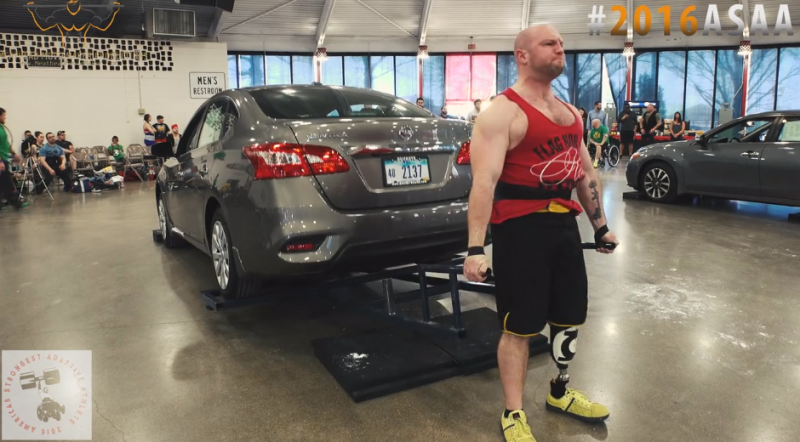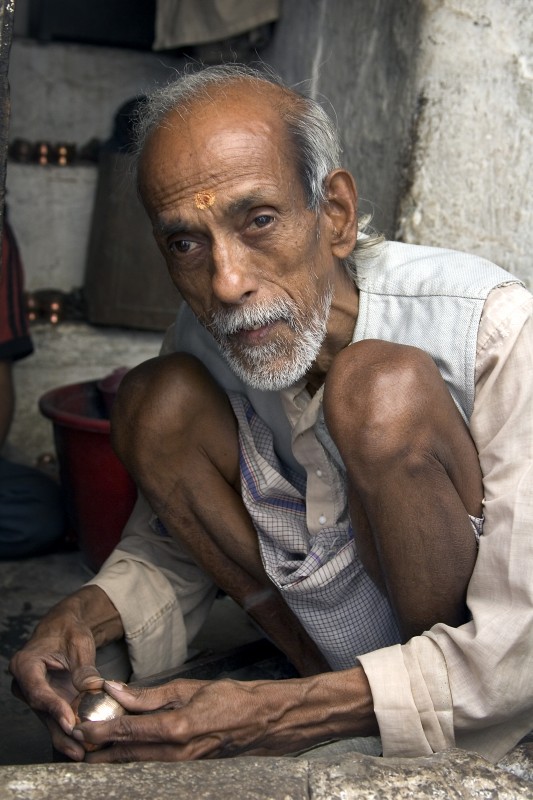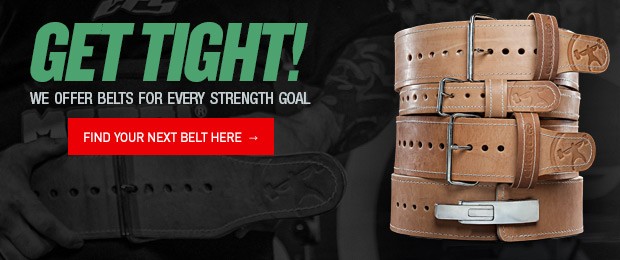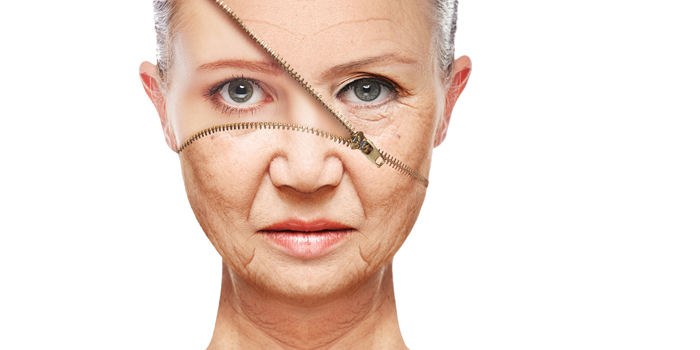
This is the last part of a two-part article. Read the first part here.
Years ago my friend Bruno Reis, a brilliant political scientist, suggested that I elaborated a program for them — them, my peers, the people with whom I spent decades 24/7 with. Those who are commonly known as “intellectuals." There are many definitions of what an intellectual is (Sowell 1980, Bourdieu 1989), but for our purposes here, I will adopt a lato sensu definition that includes all those who engage in the critical thinking of society.
Technically, those intellectuals that are institutionally associated with academia belong, with all other faculty members and researchers, to a broader category of “intellectual production” workers. That includes hard scientists as well as biological and health scientists. We always hope that all these people are able to engage in critical thinking of society, but that’s not always the case.
Unfortunately, that creates a cleft between those who think they can think nature without society and those who think they can think society without nature. This has been referred to since the late 1950’s (Snow 1959, Latour 2012) as “the two cultures.”
Part 1 — Empowering Intellectuals: Reclaiming the Body
Much has been said, researched, and written about the necessity to bridge this gap between the two cultures, and even that it doesn’t exist.
But it does; unfortunately more now than ever, with the invasion of humanities and social science departments by scholars equipped with less than strict methods and a lot of ideology, and a resentful but shy reaction by the stricter scientists. That makes a conversation that was never easy even more difficult: how to talk about the body—our bodies, their bodies—in ways that won’t immediately elicit an ideological defensive reaction. For those on the “soft” and ideologized corner, rejecting “biologicism”, and from those on the strict-method corner, in fear of gibberish?
Let me try. One day, about 15 years ago, Bruno told me that people in the social sciences departments were weary of me because I’m very well educated in their traditions, but I have a “stain” on my CV: a strong background in the hard and biological sciences. For some, that would mean the ability to actually perform interdisciplinarity and bridge the proverbial gap. For others, unfortunately, it signals “lack of intellectual loyalty." I was not a “born philosopher” or a “born political scientist.” I’d been around a lot. Maybe today, where giving me a position to teach students about theories of the modern state is no longer an issue, this multiple background and my long walks through different intellectual landscapes becomes an asset once again.
In part one, I addressed some general definitions and the following issues:
- Age group and sex
- Level of activity now
- Previous training experience
- Body fat percentage
Here we address:
- Muscularity
- Injuries
- Bone density (women, but guys too)
- Rejections and enjoyment in activity
- Available time
- Available facilities and training equipment
- Other lifestyle habits
I also leave you with some concluding remarks.
Muscularity
Usually, you are not muscular, which makes it harder when you are diabetic as well. But it’s also a good talk. As researchers, it’s easy to get your attention with the science behind it. The more muscular you become, the better you will control your diabetes.
This part of the conversation is where I show you evidence that muscle is awesome, mysterious, and a good tissue to cultivate. Here’s an important point: forget the dumb jocks and the stupid posters from the fitness industry, and let’s discuss class structure. Muscularity is looked down on because, for thousands of years in class-based societies, it has been associated with the poor strata of society: slaves, servants, the proletariat. Workers needed to have muscle and classic art shows that the aristocracy or ruling class, in general, was always depicted as thin and flaccid.
We spend a lifetime working late hours if we need to finish a paper, but we can’t find time to do something that will benefit our physical and mental health. Buddy, those two bottles of wine were delicious, but they don’t qualify necessarily as something that benefitted your mental health, in spite of the fact that you needed to relax.
But if you consider that more muscularity will improve your overall health and that has implications concerning your cognitive abilities, I’m sure you will look at your muscles with different eyes.
Injuries
If you are reading this, the chances that you don’t have any injuries are very small. I’d say negligible. There are several ways to classify musculoskeletal injuries, but for the purposes of this article, you have two: one separates the acute from the chronic. The other determines how much the injury will change the way you “do things.” We’ll leave the first typology for you to handle with your health care people, especially the friendly rehab person I said you must have. The second typology matters for your choice of activity and the way you perform it.
Chris Vachio is a software designer and strongman athlete who embraced the mission of developing adjusted equipment and organizing training and events for disabled athletes.
“Absolutely it can be adapted to older people. You just need to make adjustments based on whatever dysfunction they happen to have. Usually, it involves lighter weights than what would happen in an open competition and the exclusion of some of the riskier events”, said Chris. He also points out that the adapted strongman training, which involves handling odd objects, is beneficial to the efficiency of daily life activities.
Here are some pictures Chris offered to you.
Truck pull by Gary, from Chris Vachio’s personal collection.
Car deadlift by James, from Chris Vachio’s personal collection.
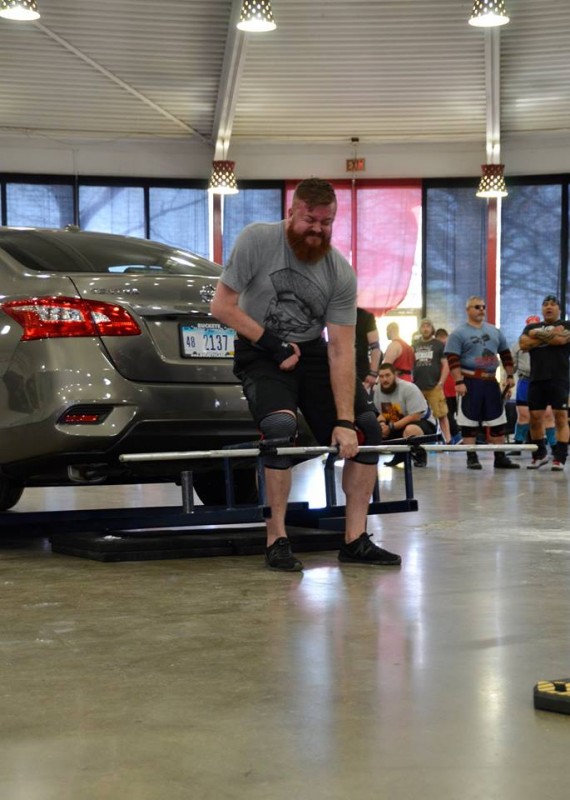
Car deadlift by Nick, from Chris Vachio’s personal collection.
I know sports. One of the most demanding sports ever is Strongman. If Strongman can be adapted to disabled and older people, there is very little you can’t do, injury or not.
One important point, though: know your injury. Don’t just wave it away. Remember the joke, “The day I wake up and nothing hurts it means there is life after death”? Don’t. If there is one thing certain about injuries it is that they can always get worse, and there are ways to speed that up (real fast) and ways to either avoid this course or slow it down.
Bone Density (Women, but Guys Too)
I think we can all agree that menopause sucks. There are so many annoying symptoms, like hot flashes, changes in skin and hair, and metabolic changes, and they all kick in so fast that nobody is really prepared for them. But three things are really serious. First, there is usually a decreased level of alertness and “energy” (bad word: it usually refers to the refreshed sensation of not being permanently tired); second, frequently there is depression along with the “tired” feeling; third, there might be decreases in bone density and muscle mass (osteopenia and sarcopenia). Bone density is maintained through hormonal control, obviously, but in mechanical terms, by what is known as the piezoelectric effect: material can generate voltage under stress and, in bones, it increases bone density by higher osteoblastic activity. What kind of stress are we talking about? Basically impact and the “squeezing” caused by strength actions (Chilibeck et al 1995, Williams and Saha 1996).
You probably have now connected the dots about why everybody is so crazy about you joining a gym and engaging in strength training, which, if not properly conducted, can be boring as hell. However, you need to squeeze those bones and sometimes you need to avoid impact (see “injury” previously mentioned).
If you are absolutely against hormone replacement or if it is not indicated for you because of other conditions then you need exercise even more.
Rejections and Enjoyment in Activity
If you enroll in a gym against your will—and just because you are rational enough to follow the MD colleague’s advice so that you don’t end up like a vegetable dying a pathetic, humiliating slow death—that’s not going to work so well. Basically, you are adding violence over violence. Your body alienation was a form of violence imposed on you in subtle manner since you were very, very young. Although this has been mostly studied in post-feudal societies, most intellectuals come from intellectual families or those highly intellectual-friendly. As a little kid, you were encouraged to read, to share insight, to respect intellectual authority, and to gradually increase the time spent in perfecting your intellectual skills at the expense of your natural, innate physical capacities. Let me give you an example: every toddler squats and picks up objects from the ground with what we call “perfect form.” Perfect form is the form that is both mechanically more efficient and joint and muscle-friendly (injury preventing). As we are forced (yes, forced) into chairs, we gradually lose our innate ability to fully flex and extend lower limbs. Observe the pictures of older people squatting below:
Photo by Jorge Royan. Copper hardware maker (Varanasi, Benares, India). Date 2005. Source: Own work.
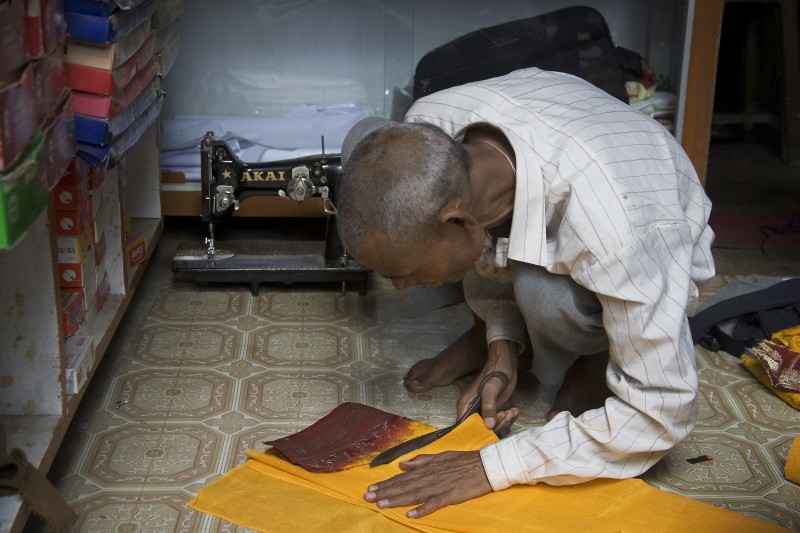
Photo by Jorge Royan. Tailor working with his old sewing machine (Varanasi, Benares, India). Date 2005. Source: Own work.
There was no chair for them to sit, so they retained that innate capacity. It’s no big deal for them.
They were not alienated from their bodies the way we were. And that is the subtle form of violence I referred to. As all forms of alienation, it results in disenfranchising, disempowerment, and vulnerability. If over and besides those unpleasant (regardless of how unconscious) sensations, you self-impose the execution of movements that make no sense to you, that you feel uncomfortable doing or are excruciatingly boring, you will end up more depressed than when you left the doctor’s office.
Choose wisely. Remember that walking beats inactivity and dancing beats walking. For everything else, reach out to those that will understand your demands and help you find your way back to your lost strength and free locomotion.
Available Time
That’s the one thing most of you claim to justify not being able to engage in physical activity. Be honest: you know it’s not true. Of course, if you enroll in a swimming facility open from 9-5 PM, you’re most likely sabotaging yourself. The number of times you will miss a class will increase to the point that you will just let go.
But you can find other alternatives and even do it at home, at your convenience, with or without a coach, an instructor or a teacher. Time is relative to priority. If you “resignify” physical activity, your body, and its need for movement, that time will present itself.
Available Facilities and Training Equipment
This is a tricky one. One of the reasons for you to be in the dilemma you are now is that very few facilities will appeal to you. Most will be full of people you have nothing in common with. You will find, again, that it is extremely boring to chitchat with them. Because you are completely unfamiliar with that environment, the equipment won’t make sense either. Those who can guide you through it have no skills in talking to people like you. It will be frustrating.
I think the same principle I’ve been bringing up all through this article will apply here: start close. Start with something not absolutely meaningless, where the effort to invest it with meaning won’t be Herculean. Ask some friend what they are doing and tag along.
Again, it’s like dating: going out with someone from a completely different culture who doesn’t speak your language can make even a one-night stand hard, let alone a relationship.
Other Lifestyle Habits
Many of us are not just inactive; we are also drinkers (frequently alcoholics), smokers and make use of many other different drugs. We also may be consuming a great amount of high glycemic index carbohydrates, successfully leading our pancreas into type 2 diabetes. Some of these may be just (bad) habits. Some may be addictions.
There is published evidence that exercise contributes to controlling addictions. I’m not claiming you should give up on whatever addiction you have. I have a very clear “risk management” position and I defend freedom of choice to the extreme.
But here is some food for thought: Even if it is your choice to keep your habit/addiction, exercising can make it easier to avoid or control the damaging effects it might have. Alcoholic athletes have a much higher quality of life than inactive alcoholics, for example. That doesn’t mean they are risk-free for some of the damaging effects of alcohol addiction, but they can be happier and that’s always a plus.
Concluding Remarks
You mean a lot to me. You are best friends, childhood friends, college classmates, former lovers, former husbands, and even adversaries that helped me sharpen my intellectual weapons. I love you. I have had long conversations over (a lot of) wine and other pleasant sensory stimulants with you, while you cried or I cried. We cried our frustrations, pains that make sense only to us, the people to whom work, mission, leisure and raison d'être are one and the same, or have blurry borders.
I have seen some of you have to learn how to handle your insulin injections. I have held a seat for you at the speakers’ table and watched you come in, directly from the airport, at 10 AM, quite drunk. I have discussed new pharmacological breakthroughs for alcoholism control. I’ve driven you home when you were too wasted.
But I was so much there, too. I’ve woken up on your couches or beds because I was too wasted to drive, and didn’t even remember getting there. You had coffee and toasts for me in the morning. You sat in silence with me at the ER waiting to be patched up again.
We’ve been there for each other. In a sense, you are the only family I had for a long time. And we self-destroyed together.
Now that things got a little worse and I have to follow some of you through chemotherapy, I have to see you walk with canes and then on wheelchairs, I think it’s time to try something different.
At some point, because I couldn’t hang on anymore to that life, I became an athlete. Like all foreigners who adopt a new motherland, I will never totally belong in the athletic world. But I learned to love it and communicate with its citizens. And with them, I learned things even they didn’t know they had to teach me.
It's time I go home and hand you what I’ve learned.
Acknowledgments to Chris Vachio, from Ohio Strongman.
References
- Chilibeck, Philip D., Digby G. Sale, and Colin E. Webber. "Exercise and bone mineral density." Sports Medicine 19.2 (1995): 103-122. https://www.ncbi.nlm.nih.gov/pubmed/7747001
- Williams, Paul Allen, and Subrata Saha. "The electrical and dielectric properties of human bone tissue and their relationship with density and bone mineral content." Annals of biomedical engineering 24.2 (1996): 222-233. https://www.ncbi.nlm.nih.gov/pubmed/8678354










